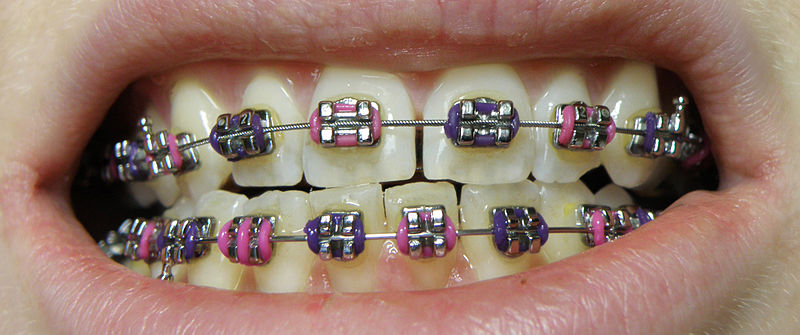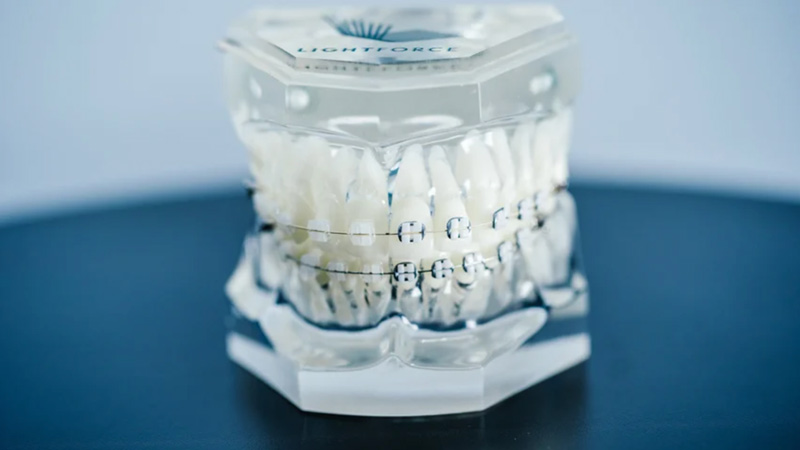Your Guide to Cumming Invisalign: Straightening Teeth with Style and Comfort
Your Guide to Cumming Invisalign: Straightening Teeth with Style and Comfort
Blog Article
Comprehensive Overview to Orthodontics Treatments for Fixing Oral Imbalances
Comprehending the ins and outs of each procedure, including their systems, benefits, and prospective disadvantages, is important in making notified decisions about one's orthodontic therapy. As we navigate with the detailed guide to orthodontic procedures for correcting oral imbalances, the detailed information of each technique will unfold, losing light on the course toward a useful and unified dental alignment.
Orthodontic Procedures Review

Normal adjustments and tracking are critical components of orthodontic treatment to guarantee development is on track and to make any kind of essential modifications along the method. By undergoing orthodontic procedures, clients can not only accomplish a straighter grin however additionally boost their total dental wellness and feature.
Traditional Braces: How They Work
When taking into consideration orthodontic treatments for oral misalignments, typical braces stand out as a reliable method for remedying teeth positioning. Standard braces are composed of brackets, cords, and bands that work with each other to apply constant stress on the teeth, gradually relocating them right into the preferred alignment.
One secret aspect of exactly how traditional dental braces work is the process of bone makeover. As pressure is related to the teeth through the dental braces, the bone surrounding the teeth is improved to support the brand-new tooth settings. This makeover is necessary for the lasting stability of the remedied alignment. Individuals will require regular changes at the orthodontist's workplace to make certain the dental braces continue to use the correct pressure for effective teeth activity.
Unnoticeable Aligners: Benefits And Drawbacks
These clear, customized trays are virtually invisible when put on, making them an attractive option for people seeking a more cosmetically pleasing orthodontic treatment. Patients can get rid of the aligners before eating or cleaning their teeth, decreasing the threat of food getting stuck in the appliance and streamlining the cleaning procedure.

Surgical Orthodontic Options
Surgical interventions in orthodontics present feasible alternatives for addressing complex dental misalignments that may not click here for more be efficiently solved via standard orthodontic therapies. While typical dental braces and unseen aligners can deal with several orthodontic concerns, certain cases require medical treatment to attain ideal results. Surgical orthodontic choices are normally advised for extreme malocclusions, considerable jaw inconsistencies, and situations where the underlying bone framework requires adjustment to accomplish proper alignment.
One common surgical orthodontic procedure is orthognathic surgery, which entails rearranging the jaws to remedy practical issues such as trouble speaking or eating. This surgical treatment is commonly done in partnership with an orthodontist who aids align the teeth prior to and after the procedure. Surgical orthodontics may likewise include treatments to subject influenced teeth, get rid of excess gum cells, or improve the jawbone to create a more harmonious face account.
Prior to considering medical orthodontic options, people go through a comprehensive analysis to figure out the requirement and prospective advantages of such interventions. cumming invisalign. While surgical treatment might seem daunting, it can late night dentist substantially improve both the function and visual appeals of the smile in instances where conventional orthodontic treatments fail
Retainers and Post-Treatment Care

Post-treatment treatment entails following the orthodontist's directions faithfully. This may include correct oral hygiene methods, participating in follow-up visits, and putting on the retainers as suggested. Failure to conform with post-treatment treatment instructions can lead to regression, where the teeth progressively return towards their initial placements. Constant retainer wear, great dental health, and regular dental examinations are crucial for maintaining the results attained with orthodontic surgical procedure and guaranteeing the lasting stability of the remedied oral alignment.
Final Thought
Finally, orthodontic procedures supply different alternatives for correcting oral imbalances. Conventional braces make use of steel brackets and wires to change teeth right into appropriate alignment. Invisible aligners provide an even more very discreet alternative yet might not appropriate for all cases. Surgical orthodontic alternatives are available for extra serious misalignments. Retainers are generally utilized post-treatment to maintain the brand-new positioning. Overall, orthodontic treatments can efficiently improve oral health and visual appearance.
As we browse through the thorough guide to orthodontic treatments for fixing dental imbalances, the intricate information of each method will certainly unfold, losing light on the path towards a functional and unified dental placement. - invisalign
One of the most common orthodontic therapies is the use of dental braces, which consist of metal braces and wires that use gentle stress to gradually change teeth into the preferred placement.When taking into consideration orthodontic therapies for dental imbalances, traditional braces stand out as a reliable method for remedying teeth positioning. Furthermore, unnoticeable aligners might not be ideal for complex orthodontic problems that require more significant teeth motion, as they are commonly suggested for mild to modest cases. Retainers are custom-made orthodontic gadgets made to hold teeth in their fixed settings after the conclusion of orthodontic therapy.
Report this page